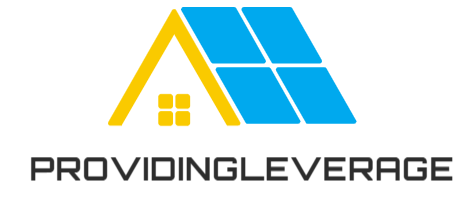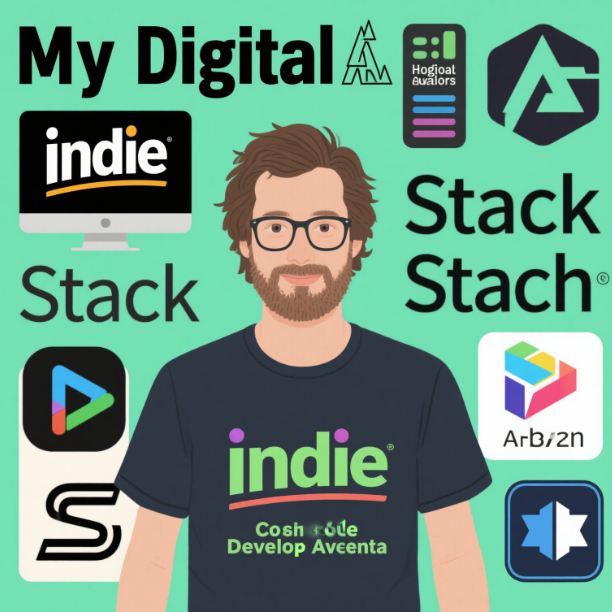Embarking on the journey of a solo developer is like setting sail on uncharted seas. You need the right tools, the perfect crew of technologies, to navigate through the challenges and reach your destination. For me, that crew is my carefully curated indie stack, a collection of digital companions that have transformed my solo dev experience into a fulfilling and productive odyssey.
At the very core of my work lies the programming languages that breathe life into my ideas. JavaScript, with its dynamic nature, has been my steadfast ally. It’s the language that allows me to create interactive web experiences that engage users. On the front end, it works in harmony with frameworks like Vue.js. Vue’s simplicity and flexibility make it a breeze to build components that can be easily integrated and scaled. Whether it’s a sleek single – page application or a complex user interface with multiple views, Vue.js gives me the power to bring my designs to life with minimal effort.
On the server side, Node.js extends the reach of JavaScript, enabling me to build robust back – end applications. It’s like having a Swiss Army knife for server development, with its ability to handle multiple requests simultaneously and its vast ecosystem of packages. I can quickly spin up APIs that communicate with databases and other services, creating a seamless connection between the front end and the data storage.
Python, another gem in my language toolkit, plays a crucial role in various aspects of my projects. Its readability makes it an excellent choice for scripting and automation tasks. When I need to perform data analysis or machine learning experiments, Python’s libraries such as Scikit – learn and TensorFlow are there to assist. They provide pre – built functions and algorithms that save me countless hours of development time, allowing me to focus on extracting insights from the data.
For storing and managing data, MySQL has been my database of choice. Its reliability and performance make it suitable for a wide range of applications. I can create complex database schemas, define relationships between tables, and write efficient queries to retrieve and manipulate data. The ability to handle large amounts of data with ease gives me the confidence to build applications that can scale as my user base grows.
Version control is the safety net of my development process, and Git is my trusted companion in this regard. It allows me to track changes in my codebase, collaborate with others (even if it’s just myself across different branches), and revert to previous versions when necessary. GitLab serves as my remote repository, providing a secure and organized space to store my code. Its features, such as code reviews and issue tracking, help me maintain the quality of my work and stay organized.
Communication is key, even for a solo developer. Tools like Telegram and Mattermost keep me connected with the developer community. I can join groups dedicated to my areas of interest, ask for advice, share my knowledge, and stay updated on the latest industry news. These platforms also allow me to communicate with clients or collaborators when needed, ensuring that everyone is on the same page.
When it comes to hosting my applications, AWS (Amazon Web Services) offers a comprehensive suite of services. From EC2 instances for running my applications to S3 for storing files, AWS gives me the flexibility and scalability I need. I can easily deploy my applications, manage my infrastructure, and scale resources up or down depending on the demand.
In the design phase, Adobe XD has been my go – to tool. It enables me to create detailed wireframes and mockups, visualize user flows, and experiment with different design concepts. The ability to import and export designs in various formats makes it easy to integrate with other tools in my workflow.
My indie stack is a constantly evolving entity. As new technologies emerge and the needs of my projects change, I’m always open to exploring and incorporating new tools. Each component of this stack has been carefully selected based on its functionality, performance, and how well it fits into my overall development process. Together, they form a powerful ecosystem that empowers me to create digital products that I’m proud of, making my solo dev odyssey a truly rewarding experience.




